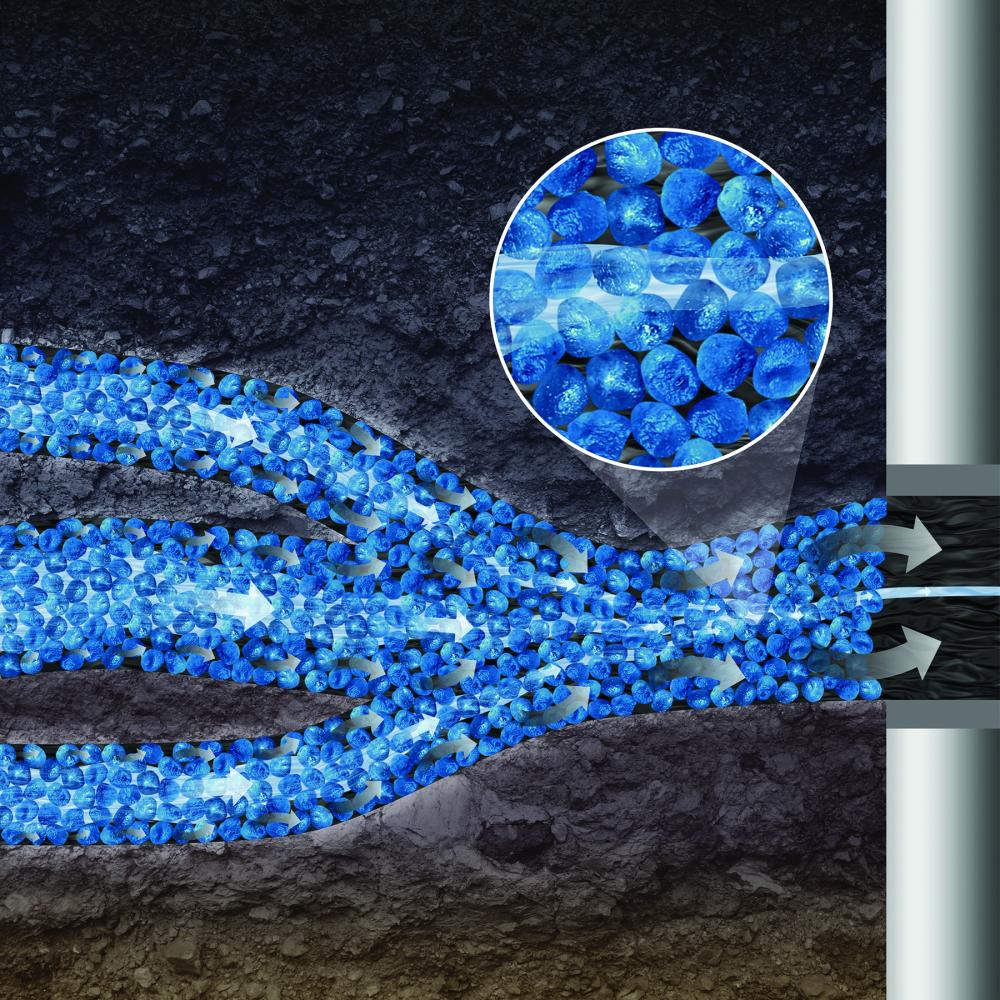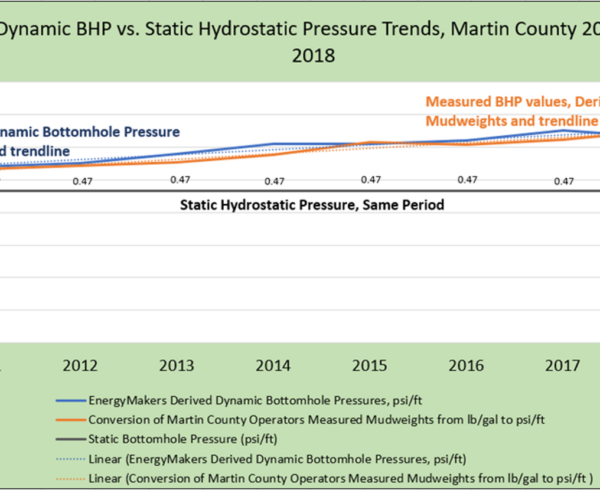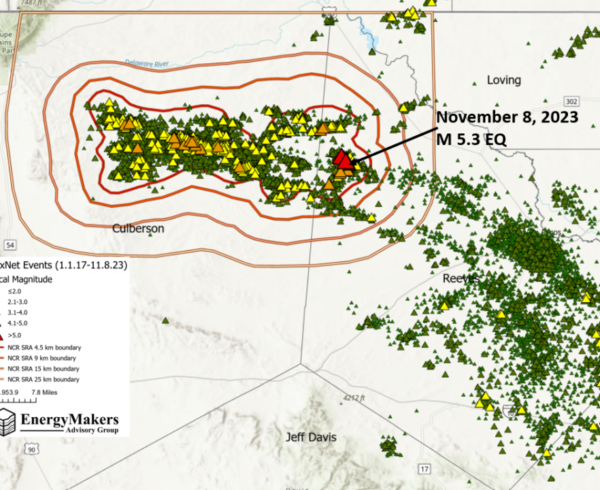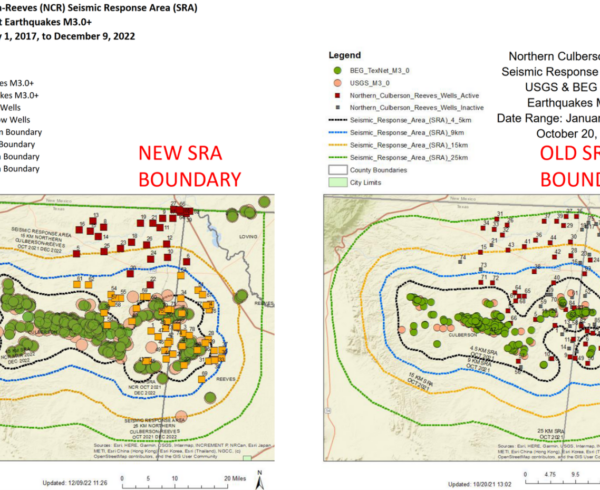
EnergyMakers loves to bring visibility to promising technologies that can help manage the industry’s growing produced water challenge. A new technology from Hexion aims to help operators significantly reduce their produced water volumes from tight oil and gas wells, without curbing the flow of hydrocarbons. By limiting water production at its source in the reservoir, the AquaBond formation water reduction technology reportedly delivers a major cost-savings solution to the conventional means of storing, transporting, treating and disposing of the industry’s growing volumes of wastewater.
The need for economical, reliable and sustainable water management methods has taken on greater urgency in major oil and gas production regions like the Permian, Haynesville and Marcellus plays. EnergyMakers Advisory Group estimates that as much as 2 to 7 barrels of formation water are produced with every barrel of oil recovered from most shale and light, tight oil wells. At the same time, the number of saltwater disposal wells in the Marcellus and Utica remains low compared to the volumes of wastewater being generated in these plays, and EnergyMakers’ Permian Planning Scenarios suggest that future produced water volumes in each of the Midland and Delaware basins in Texas and New Mexico are likely to eclipse local disposal availability, if current trends continue.
And in Oklahoma, state regulators’ restrictions on disposal wells into the prolific deep Arbuckle have apparently helped abate seismic activity in the region —a link that EnergyMakers has investigated in detail.
As showcased in a recent article for Hart Energy, Hexion’s AquaBond technology bonds to the proppant used in hydraulic fracturing operations. The treated proppant is then pumped downhole by conventional methods. The advanced technology alters the relative permeability of the proppant pack, which admits the passage of hydrocarbons into the well while restricting water flow. In a trial in the Texas Panhandle’s Granite Wash Formation, wells using the AquaBond-treated proppant had a 30% lower water cut and 43% reduction in average cumulative water production compared to wells using traditional proppant and uncoated frac sand.
Check back with EnergyMakers often for updates on new and emerging technologies impacting hydrocarbon production and water management.







